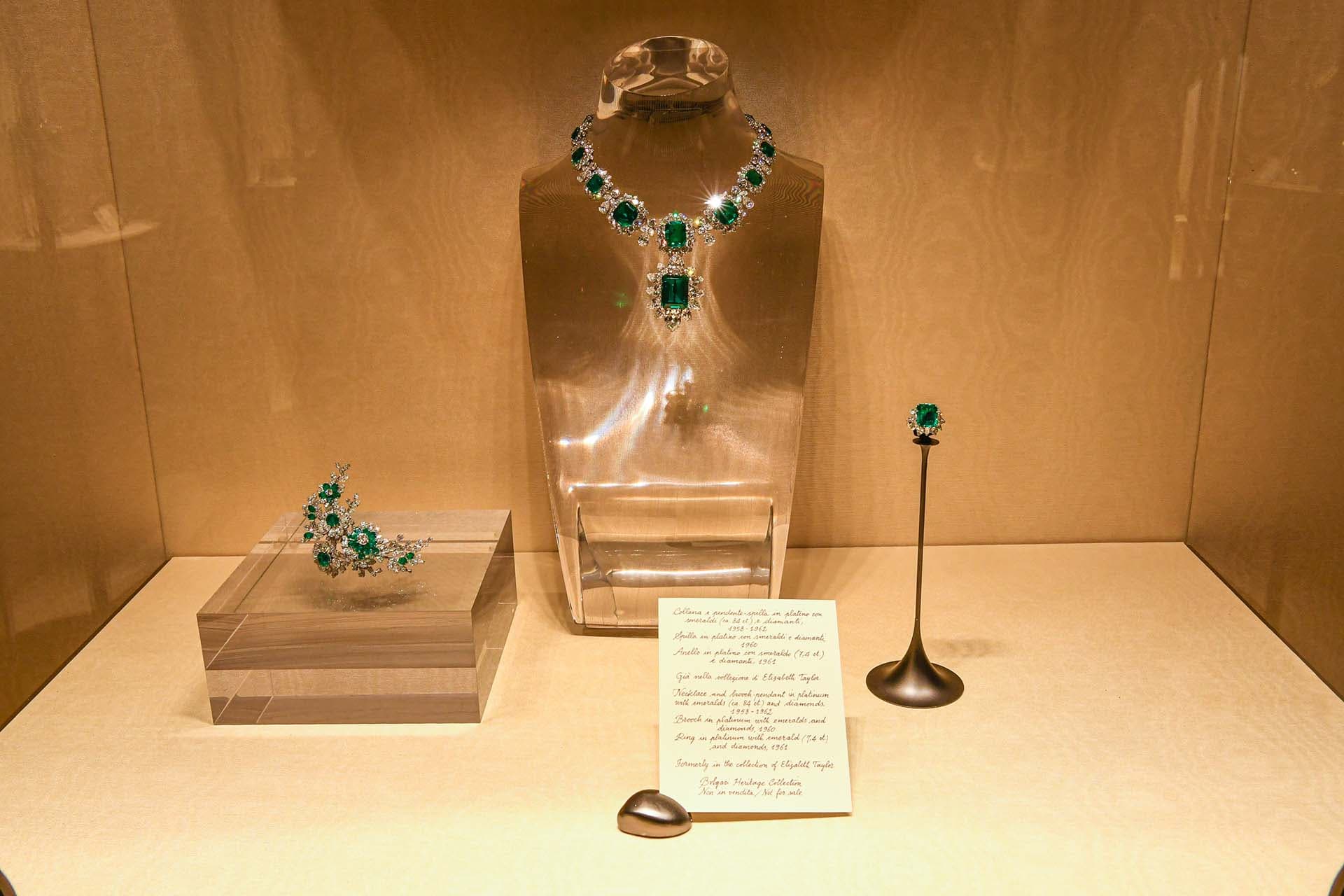Certain destinations loom large in our collective imagination. Taormina, a tangle of lemon-scented hilltop streets on Sicily’s east coast, is one such place. Despite a population of little over 10,000 its contribution to the arts throughout its 2,000-year history has been colossal.
Creative titans as diverse as Ernest Hemingway, Pablo Picasso, Salvador Dalì, Ezra Pound and Tennessee Williams have all found solace and inspiration during stays there – and that’s just in a single house (now a museum), Casa Cuseni.
The town remains a reference point in contemporary popular culture. In 2012, Dolce & Gabbana presented its first Alta Moda collection in the echoing cloisters of the former San Domenico convent. In 2022, season two of HBO’s hit series ‘The White Lotus’ attracted 4.1mn viewers as much for its snatches of Sicilian life as the satirical plotlines.
The story behind the stories
Despite its diminutive size, Taormina has always had global allure thanks to its strategic position on Mount Tauro with sweeping views over the Ionian Sea.
The world’s great conquerors repeatedly snatched it from one another since its founding in 358BC. Greeks, Romans, Saracens, Byzantines, Normans, Swabians, French and Spanish all came, conquered and contributed influences from their own arts scenes.

In the 18th century, Taormina became a must on the Grand Tour thanks in part to Johann Wolfgang von Goethe, who visited in 1787. “We are looking down from a small terrace, looking over this beautiful seashore, seeing roses and hearing nightingales,” he wrote in his ‘Italian Journey’.
In the 19th century, the arrival of Queen Victoria’s cousin, Lady Florence Trevelyan, ensured the town remained popular with fashionable writers including Oscar Wilde, and later Truman Capote and D.H. Lawrence. Her garden, now the Villa Comunale public park, is a tapestry of semi-tropical plants and Arabesque follies that still seduce photographers.
The curtain continues to rise
The remains of the horseshoe-shaped Greek Theatre have been the lodestar of Taormina’s cultural scene since the 2nd century. Having such an extraordinary venue – hewn into the milky limestone of Mount Tauro with staggering views over the smoking spire of Mount Etna – has played a pivotal role in the town’s progressive cultural approach.

“The Greek Theatre has been acquiring sediments of art and history for centuries,”says Antonella Ferrara, director of the town’s literary festival, TaoBuk.
Other events also extend beyond traditional museum and gallery venues. Palazzo Ciampoli – a medieval mansion rebuilt after a bomb attack in 1943 – and Arabic fortress Palazzo Corvaja host art exhibitions, while a Gothic library has an usual collection of folkloric artefacts.
Unmissable diary dates
Between June and September every year, the town’s cultural scene reaches its zenith with a host of festivals under the umbrella of Taormina Arte. Cross-discipline collaborations are given additional drama by the settings themselves.
Every year TaoBuk brings art exhibitions, gigs and scientific workshops to multiple venues including a palace built into the town’s medieval walls. The Taormina Film Festival (which saw its 69th iteration in June, the first for artistic director Barrett Wissman) includes premieres at the Greek Theatre.
“As caretakers of Taormina’s cultural scene, we come back to the past with an awareness of the present and continuously plan for the future. This magnetic city is emblematic of Sicily’s unique genius loci as well as a shared heritage across many Mediterranean cultures,” reflects Ferrara.





